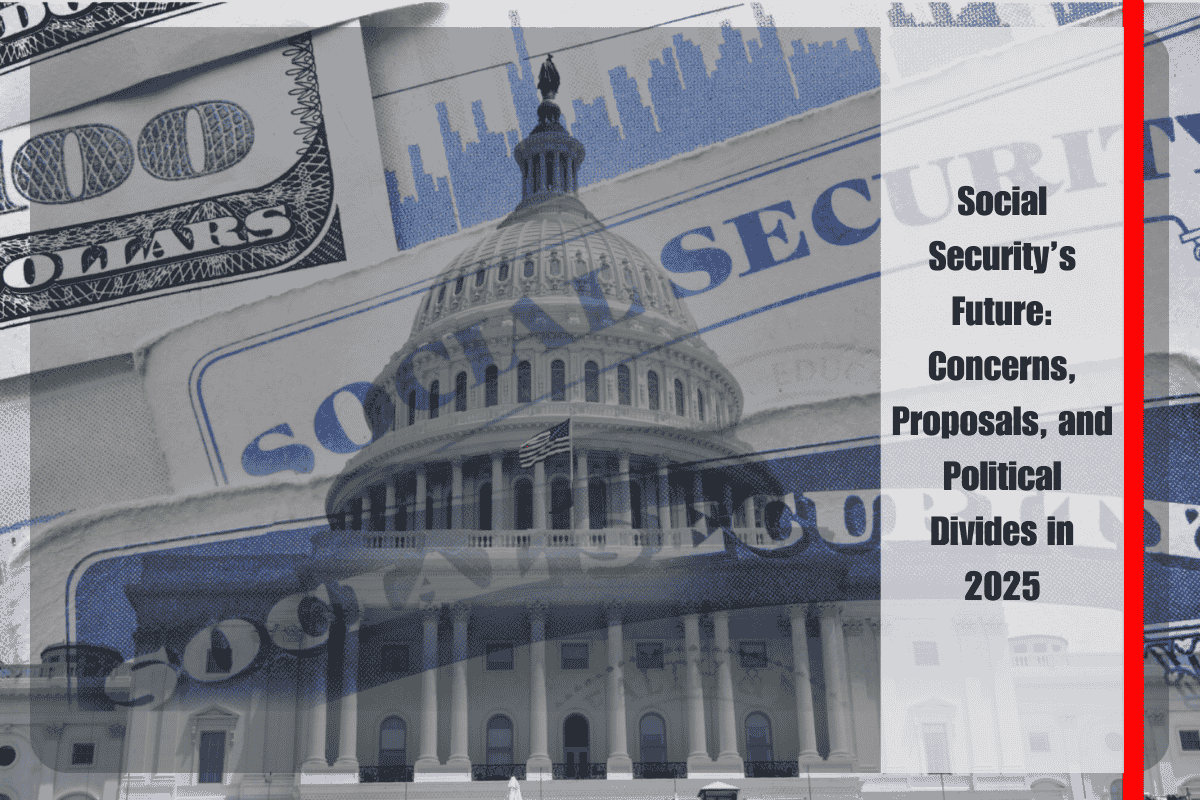If you’ve been eagerly waiting for the 2026 Cost-of-Living Adjustment (COLA), we bring you some bad news. The anticipated 2.6% increase won’t be enough to shield retirees from the soaring costs of living. While prices continue to climb, the COLA increase remains minimal and won’t keep pace with inflation, leaving retirees with shrinking purchasing power.
The Growing Challenge for Retirees
The issue is so severe that experts report retirees’ purchasing power has fallen by more than 20% since 2010. This decline is largely due to the indicator used to determine the COLA – the Consumer Price Index for Urban Wage Earners and Clerical Workers (CPI-W). This index, designed to reflect the expenses of active workers, doesn’t adequately capture the financial pressures faced by retirees. As a result, the COLA doesn’t provide sufficient protection against inflation for seniors.
What Exactly is COLA?
The Cost-of-Living Adjustment (COLA) is an automatic yearly increase applied to Social Security payments in the United States, including payments for retirees and people with disabilities. The goal of COLA is to help these individuals maintain their purchasing power as the cost of living increases, by adjusting their benefits based on inflation.
Why COLA Isn’t Enough for Retirees
While the CPI-W has shown a modest 2.4% increase in the first half of 2025, retirees face much steeper rises in certain essential expenses. Housing costs surged by 3.9%, and healthcare prices increased by 2.8%, making these areas the most significant financial strain. Retirees spend a larger portion of their income on these sectors, so the slight COLA increase does little to offset their rising costs.
The 20% Gap Since 2010
The mismatch between COLA and the real cost of living has led to a 20% loss in purchasing power for Social Security recipients since 2010. This means that, although Social Security payments are technically increasing, retirees are able to buy far less than they could a decade ago.
Political Factors Adding to the Problem
Things have worsened due to political influences, particularly the hiring freeze at federal agencies during the Trump administration. This freeze has led to fewer personnel collecting and analyzing data, raising concerns that inflation figures used to calculate COLA may be inaccurate or incomplete, further skewing the adjustments for retirees.
Retirees’ Confidence in Their Financial Future Is Low
According to studies, less than a third of retirees feel confident they will have enough money to live comfortably throughout their retirement. This reflects the real-world impact of insufficient COLA adjustments and highlights the growing financial insecurity among older Americans.
The Flaws in the CPI-W and the Need for Change
Experts, including those from the Wall Street Journal, warn that as fewer people collect data on inflation, the CPI-W may become less accurate. When inflation is poorly measured, the adjustments made to Social Security benefits will continue to fall short of what retirees truly need.
What Can Be Done?
Some lawmakers have suggested replacing the CPI-W with a new index that more accurately reflects retirees’ spending habits. This adjustment would be a crucial step toward addressing the growing gap between Social Security payments and retirees’ real-world expenses.
Band-Aid Solutions Won’t Work
Without comprehensive reform, each new COLA increase will continue to be a temporary fix—one that fails to address the underlying issues. Many retirees will continue to rely on aid, subsidies, or their own savings to make ends meet. And unless the system is updated, these small adjustments will remain largely symbolic, offering little relief.
The 2026 COLA Won’t Fix Anything
Although the 2026 COLA increase may seem like a step forward, it is far from enough to protect retirees from the financial strain they are facing. Until the method used to calculate the COLA is updated to reflect the true cost of living for retirees, the purchasing power of Social Security payments will continue to decline. And with that decline, the dream of a secure, dignified retirement continues to fade for millions of Americans.












